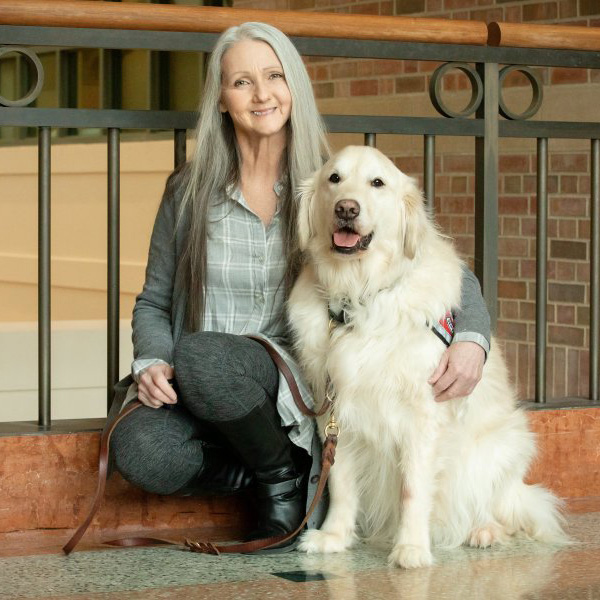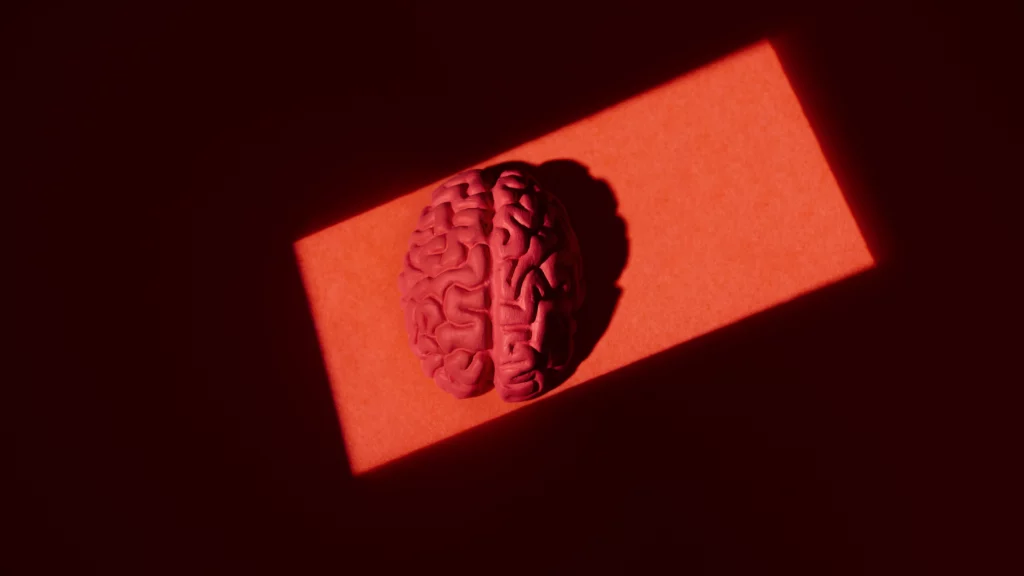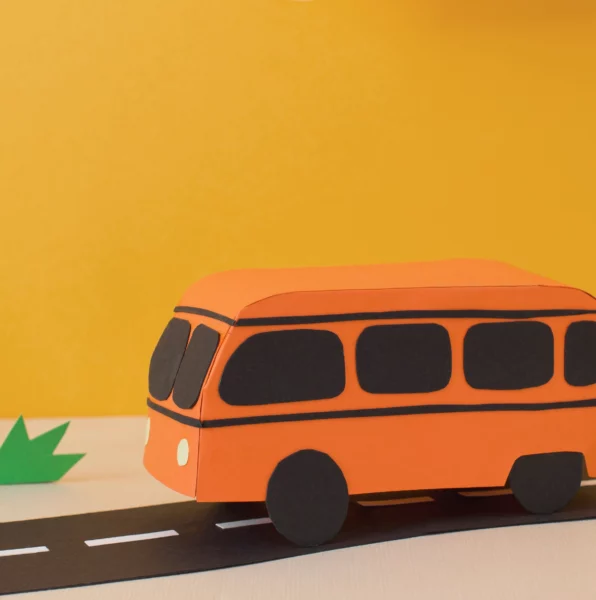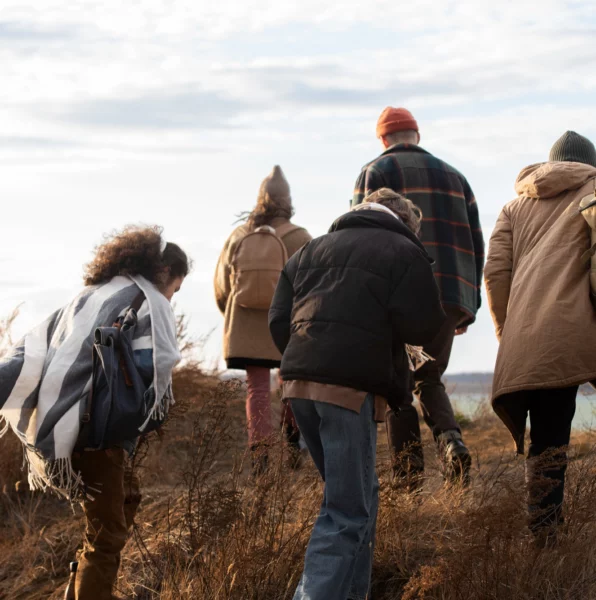The Twitter profile “Sampson the Service Dog” shows a golden retriever in a lab coat wearing safety goggles. Owner Joey Ramp explains in the interview why the account is about more than cute dog content and how she tries to make science and academia more accessible for people with disabilities.
How a neuroscientist and her dog are breaking down barriers to science
The Twitter-account “Sampson the Service Dog” shows a dog in a lab wearing a lab coat, goggles and gloves. What was your intention behind starting this account?

I became disabled after an accident in 2006. I had a significant brain injury and it took me many years to recover. No one could really tell me what was happening with my own brain. Thus, I decided to study neuroscience. I went to college in my late 40s. Though with my disability, I needed a service dog to assist me, and I was placed with my first one – Sampson is my second. It never occurred to me that science and laboratories would not allow a service dog.
The goal of the Twitter account is to create awareness on the topic of barriers to access to science, then?
Yes, Sampson is definitely an ambassador for service dogs in science. He was the first dog allowed in an organic chemistry laboratory. Sampson’s Twitter account is supposed to bring awareness to barriers to science and we try to educate people on the topic of accessibility. People with disabilities lack equal access in academia, and this is especially the case in science. We try to let people know whether something is really a barrier and how to make it work. Right now, I am working with clients who are breaking down barriers in biomedical sciences such as Nursing and Medical schools. Doing clinical rotations with service dogs had never been done before. But through our advocacy, we currently have service dogs working alongside nursing students who are doing clinicals.
What were the biggest obstacles you were facing when you went into neuroscience?
How exactly does Sampson, your service dog, help you in the laboratory?
After the accident, I had excessive balance and mobility issues. Sometimes my brain would tell me that my left leg had taken a step when it actually did not, and I would fall. In this case, I can brace on my dog. I had cognitive deficits as well and I would get overwhelmed with environmental stimuli. My dog is trained to find help or do a medical alert. When I get overly anxious, he can let me know by putting a ribbon in his mouth that he wears around his collar. I can then proactively mitigate my behavior by taking medicine or having a break. I can re-evaluate my environment or remove myself from it.
I like sciencing! I wear the same PPE mom wears. Sometimes we don’t have to wear goggles. Those are days we are writing reports. I still help her everyday though. #servicedog in #science #neuroscience #research #laboratory #molecular #cellular #biology pic.twitter.com/S2TbYTheEu
— Sampson the Service Dog (@sampson_dog) October 9, 2019
Because of my brain injury, I sometimes blackout when I drop my head below my waist. When I, for example, drop a pen in the laboratory, Sampson will come to my side so I can brace on him to pick it up. Although he is trained to pick up anything off the ground, he does not do that in the lab due to potential chemical hazards. You might think that is not a big deal, but working in a lab it might be the only pen at hand. I do not have to ask anyone for help; my dog keeps me independent.
In summary, your service dog keeps you safe from risky situations and gives you more freedom?
Yes, he keeps me safe and independent but also happy. He is my partner in everything.
What barriers to science exist for people with disabilities?
In general, science is not very accommodating to people with disabilities and there has been a lot of stigma. Science is very rigid and you have a lot of protocols in place. You would think scientists are broad minded people who solve problems all the time. But for people with disabilities coming in and asking for any type of accommodation, there is a lot of pushback. Comments you hear when you walk in with a service dog are: it is disruptive, it will cause problems and alter the outcome of the experiments, it might affect other students.
Actually, you can make this work, and that is where I come in.
… because you do consulting work as well. Could you explain how that works?
I work with universities to implement new service dog guidelines and I also do risk assessments for laboratories when people with service dogs come in. I check the environment, whether chemicals they are using might be harmful for the dog and how to make sure the dog is safe, for example by wearing the right grade of protective equipment. I also give presentations and explain, why the topic of accessibility to science is important.
There are a lot of safety precautions in the laboratory. How do you keep Sampson safe in your work environment?
Sampson always wears boots in the lab, so his bare paws do not touch the floor, and a lab coat to protect his back and his fur. Basically, he wears the same personal protective equipment that I wear on a given day. If I have to wear safety goggles, he does, too. He has a mat to lie on which is big enough so that his entire body and his nose do not touch the lab floor. He rests under a recessed bench without chemicals above him.
He is also trained for any kind of emergency situation like a fire and can find exits. Loud sirens, first responders or firefighters in full uniform do not bother him and he is trained to go into a safety shower if he needs to.
How does a dog train to be a service dog in science?
What is needed to make science and academia more inclusive?
I think, we need more open minds and start looking at each person as an individual. They all bring valuable perspectives. We have to get out of the “We can’t do this” mentality because we have never done it before, remove implicit bias and start looking at the possibilities. To make science more inclusive, we have to have open conversations with people with disabilities and then find solutions together.






